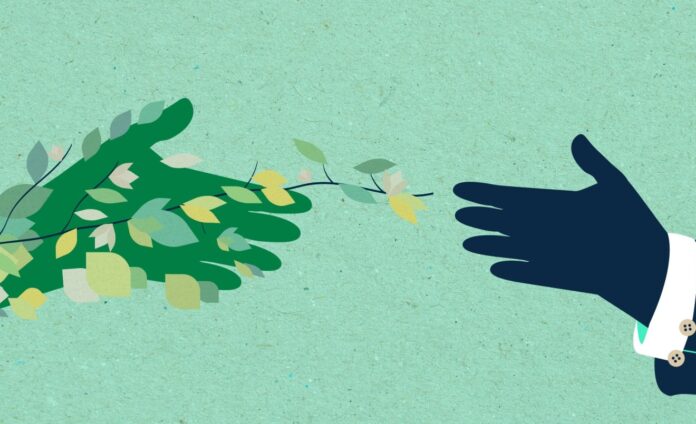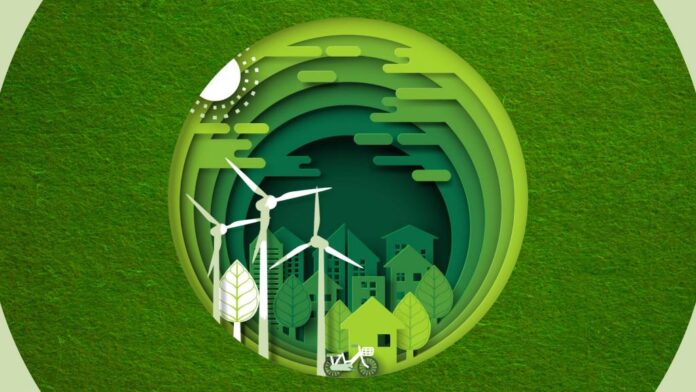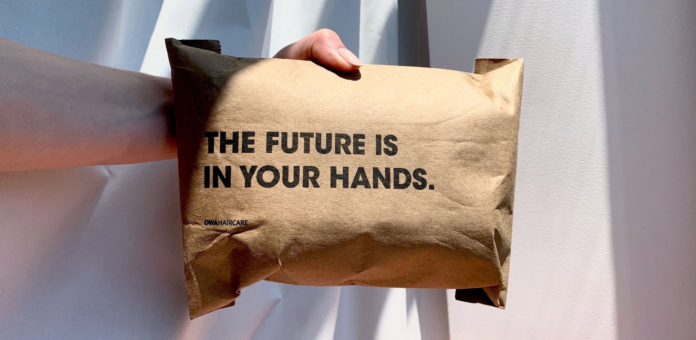The rise in sustainable behaviour is influencing the way brands and retailers are producing and marketing their products. Consumers expect brands to take a sustainable approach to their processes and product manufacturing. Because of this, sustainable packaging can be a financial benefit. In a PWC study, 32% of survey respondents said they are willing to pay more for sustainable packaging for non-food items. Is this a clear indication that a sustainable future will be successful?
The likelihood is yes. Considering younger generations are already more eco-conscious than their counterparts. This behaviour change has led to a shift in many industries in preparation for these generations to fill the role of purchasers and so they are shaping the future of consumerism. But what does that future entail for packaging? Let’s take a look.
Bridging the gap between consumer intentions and behaviour

The future of sustainability depends on the success of bridging the gap between consumer intentions and behaviour. While companies may set up sustainability initiatives and goals, when implementing them they need to consider how they can deliver the greatest impact. Consumers have already made it clear that they want to see brands take the lead in driving environmental change. They support this change by making their intentions clear to invest and buy from companies that have a transparent sustainable approach.
But what happens when consumer intentions don’t match their behaviour? Brands need to have a clear understanding of their customers’ preferences. In order to convert your customers, you need to build on insights to create positive opportunities for your business. Research shows that the strongest driver for purchase is better prices. 77% of consumers agreed that better prices are a major factor when it comes to making a purchase. This, compared to 24% of consumers factoring in whether a product or package is sustainable and 21% of consumers factoring in whether a brand promotes sustainability may be discouraging. However, if brands can combine these two factors and provide an affordable and sustainable product, they are likely to be successful.
That’s why, when choosing a packaging manufacturer, you’ll want to go with one that can offer you a solution that can fit your key criteria. A company like GPA Global is founded on sustainable principles. They work to provide you with a custom solution that can suit your business’s needs. By supporting a variety of industries and sectors, they fully understand how you can offer your customers the best product while keeping your budget in mind. This can help bridge the gap between your customer’s preference to support sustainable brands and their need for affordable options.
To further bridge this gap, brands need to focus on how best to accommodate the consumers that are genuinely committed to sustainability and those that are still swaying on the edge. Communicating new ways to be environmentally friendly can help influence a consumer’s purchase decision. Because there isn’t a one-size-fits-all solution to being sustainable, there are different perceptions of what it means to different groups. For example, those who shop online will evaluate a brand’s eco-friendly claims differently from those who shop in-store. A study showed that in-store customers are more likely to make impulse purchases based on sustainability and the product’s immediate impressions on the environment.
The future of sustainability is to create momentum

Turning the world on its heels and converting every consumer and brand into an eco-conscious one is not a one-step process; it’s iterative. The first step is to acknowledge that there is a problem and then map out the best ways to overcome the problem. While there are many consumers that want to do the right thing, they also have other considerations that may not enable them to do so. The future of sustainability is in a brand’s ability to realize a way to combine key considerations so they can accelerate change and inspire the future of consumer experiences.
The future of sustainability also rests on high visibility. Businesses need to build vital cases and programs that encourage consumers and influence their shopping behaviours to pave a road forward. Taking sustainable actions and bringing them to the forefront can include eliminating plastic and excess packaging. Using alternatives like corrugated cardboard and mushroom pulp can make a big difference.
Brands can also take action by creating industry norms and driving awareness that will shape new consumer behaviour. For example, introducing customer loyalty programs that offer incentives for sustainable behaviour. This can include discounts for shoppers that bring reusable bags when they shop in-store or for those that contribute to your in-store recycling section. The future of sustainability will be that brands take a holistic approach when promoting themselves as environmentally friendly.
Accelerating change

The future of sustainability is encouraging. Although it’s a key concern for consumers, companies may find this at odds with their budget. But brands need to calculate the cost to the environment when drafting their pricing model and communicate this to their consumers. Ultimately, consumers are looking for brands that can offer them more environmentally friendly options. Research shows that reusable shopping bags have a purchase intent of 44%, which is relatively high, and other reusable packaging like water bottles and food containers also have a strong preference as future purchases. So going green doesn’t have to come with a high price tag. For example, GPA Global designed and manufactured an elegant slide-out tray pack for a RAIN CLOUD CBD pen. Every element of the cannabis packaging was fully recyclable with a luxury finish but also accomplished within a strict budget.
Brands need to understand their target consumers and give them a solution that is right for them. This will drive greater adoption of sustainable practices for both consumers and brands themselves and that’s a future where the environment thrives.









